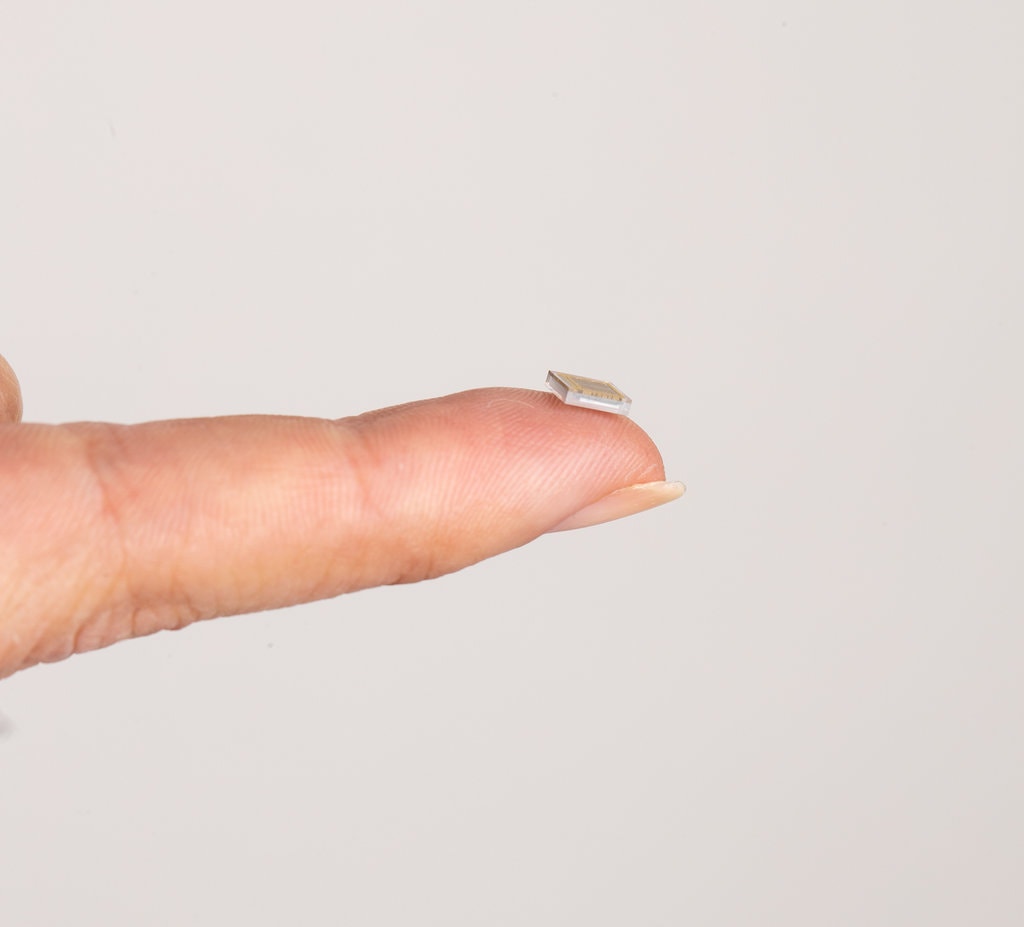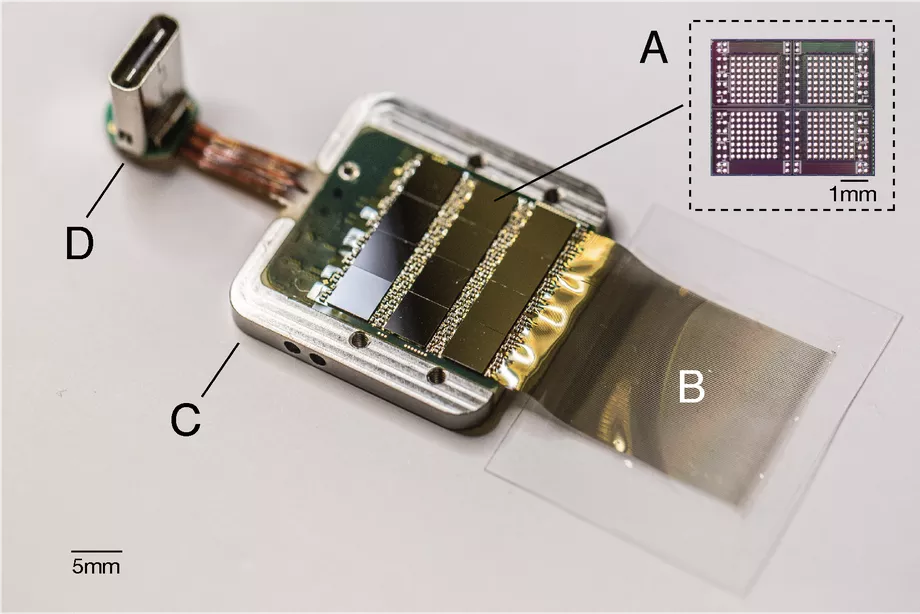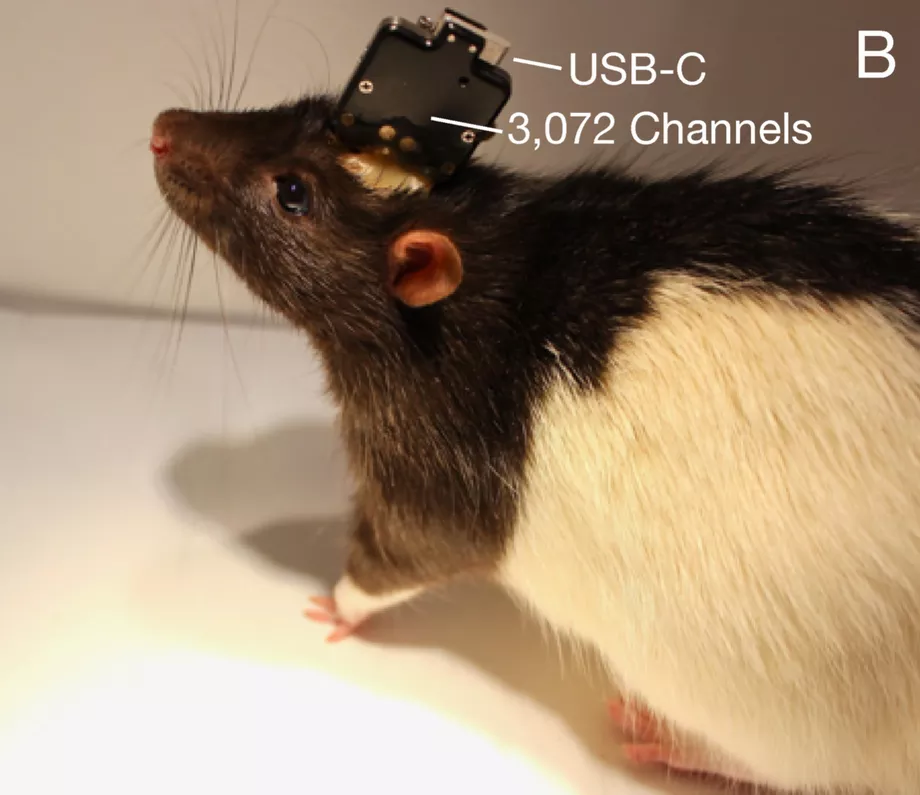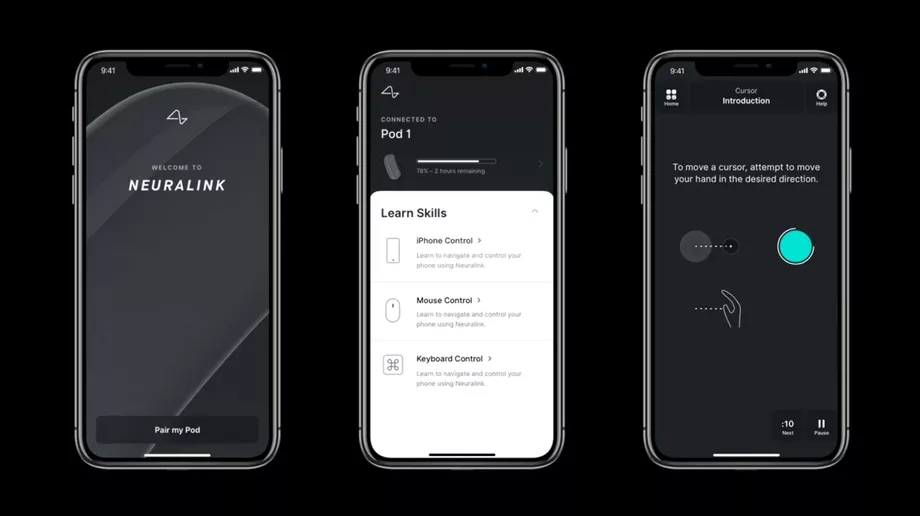
"As AI gets probably much smarter than humans, the relative intelligence ratio is probably similar to that between a person and a cat, maybe bigger, I do think we need to be very careful about the advancement of AI."
This was the statement of Elon Musk in an interview for vox.com, at the end of 2018, and not even two years have passed since then... Time seems to run faster and faster, and development in AI, not only that it seems unstoppable, but it makes its presence felt stronger and stronger in our lives. Mobile phone companies such as Huwei or Xiaomi have been using artificial intelligence technology implemented in smartphones for several years.
.jpg)
image source
Elon Musk hopes to take the use of AI to much higher heights, although just two years ago he seemed to be clearly afraid of it, and of the possibility that it would get out of control, continuing its functionality to our detriment, and ultimately turning the human race into slaves or destroying it. NEURALINK is one of Elon Musk's many projects, and world-renowned companies, that not only make us think about the future and the SF movies of the '80s and the '90s, but even turn some movie scripts of those times into reality.
The goal of Neuralink is to eventually begin implanting devices in paralyzed humans, allowing them to control phones or computers, an intention that in Elon Musk's imagination should become a reality by the end of 2020, or at least be tested on a human subject by the end of this year. This is stated by Elon Musk in the conference presenting this project on July 16, 2019, a conference that seems to have had not only the role of informing the public, but also of recruiting for those who want to work in its development, or even to participate as guinea pigs.
What exactly is Neuralink, who will be able to benefit from its miracles, and how does this symbiosis of human intelligence with artificial one aim to help people?
In short brief, "Neuralink is an integrated brain-machine interface platform with thousands of channels which will be inserted into the human skull and brain by the accurate hands of a robot". Details on how, why, and what exactly makes it work, and other technical data that would help suffering patients getting back some of their lost sense, and make their lives better, you have in the following excerpt from the white paper itself.

image source
Brain-machine interfaces (BMIs) hold promise for the restoration of sensory and motor function and the treatment of neurological disorders, but clinical BMIs have not yet been widely adopted, in part because modest channel counts have limited their potential. In this white paper, we describe Neuralink’s first steps toward a scalable high-bandwidth BMI system. We have built arrays of small and flexible electrode “threads”, with as many as 3,072 electrodes per array distributed across 96 threads. We have also built a neurosurgical robot capable of inserting six threads (192 electrodes) per minute. Each thread can be individually inserted into the brain with micron precision for avoidance of surface vasculature and targeting specific brain regions. The electrode array is packaged into a small implantable device that contains custom chips for low-power on-board amplification and digitization: the package for 3,072 channels occupies less than (23 ? 18.5 ? 2) mm3. A single USB-C cable provides full-bandwidth data streaming from the device, recording from all channels simultaneously. This system has achieved a spiking yield of up to 70% in chronically implanted electrodes. Neuralink’s approach to BMI has unprecedented packaging density and scalability in a clinically relevant package.
source
According to The New York Times, researchers at Neuralink hope to avoid drilling patients' skulls in the future, and use a laser beam to get through the skull, rather than drilling holes. The same news report also states that preliminary research will be conducted at Standford University, while Elon Musk says that "We hope to have this in a human patient by the end of next year," a statement made one year before.

image source
Also at the presentation conference of this project, Elon Musk mentioned that some remarkable results have already been obtained in the use of this technology, having as a test subject a monkey who learned to control a computer with his brain. The introduction of this technology in the daily lives, and in the brains of more and more people, will be achieved gradually, and its ultimate goal is to create a symbiosis of AI with human intelligence, ultimately leaving human nature behind. I thought you were scared of AI, Elon Musk, and now you turned around 180 degrees and see the human nature left behind by AI...
It’s not going to be suddenly, Neuralink will have this neural lace and start taking over people’s brains, ultimately we want “to achieve a symbiosis with artificial intelligence”, in a benign scenario where humans would be “left behind”. We are a brain in a vat, and that vat is our skull.
Elon Musk
Currently all data transfers collected and transmitted to and by the brain using a chip are made, as part of this project, via a wired connection (it uses USB-C), but ultimately the goal is to create a system than can work wirelessly . "N1 sensor" is the future solution that will give up cables and make it possible to use it even through an iPhone application.

“There is a whole FDA process we have to go though, we haven’t done that yet, safety is a primary goal, and that ultimately we want it to be something more like Lasik, eye surgery including eliminating the need for general anesthesia . "
Matthew MacDougall, head surgeon at Neuralink
Currently all research is carried out on rats, and the first such implants to be performed on humans by a robot, trough the invasive method mentioned above, to make sure the platform is stable, and afterwards the wireless version will "hit the market ".
It is clear that Elon Musk's intentions are beneficial, and seem to be aimed at those in suffering, or so it looks like, but what do we do when more and more people are attracted to such implants, which will probably be able to be used in the future for other purposes, such as using them in ditching painful addictions, or to enhance one's capabilities? Wouldn't it be possible, if mass accepted, to be used by external controlling powers in controlling the minds, feelings, and decisions of their carriers, through AI also? And with the help of Elon Musk's freshly launched 5G beaming satellites...

I don't know how weird does that sound to you, but I consider such implants, although well intended in their incipient mass adoption state, as the marks of the beast. I’m not a religious person and will never be, but some bible verses do seem to make sense these days, as we jog through time towards a seemingly filled future with AI and “leaving behind the human nature”. I also truly believe that the road to hell is paved with good intentions, as one famous Romanian saying describes it.
Thanks for attention,
Adrian















